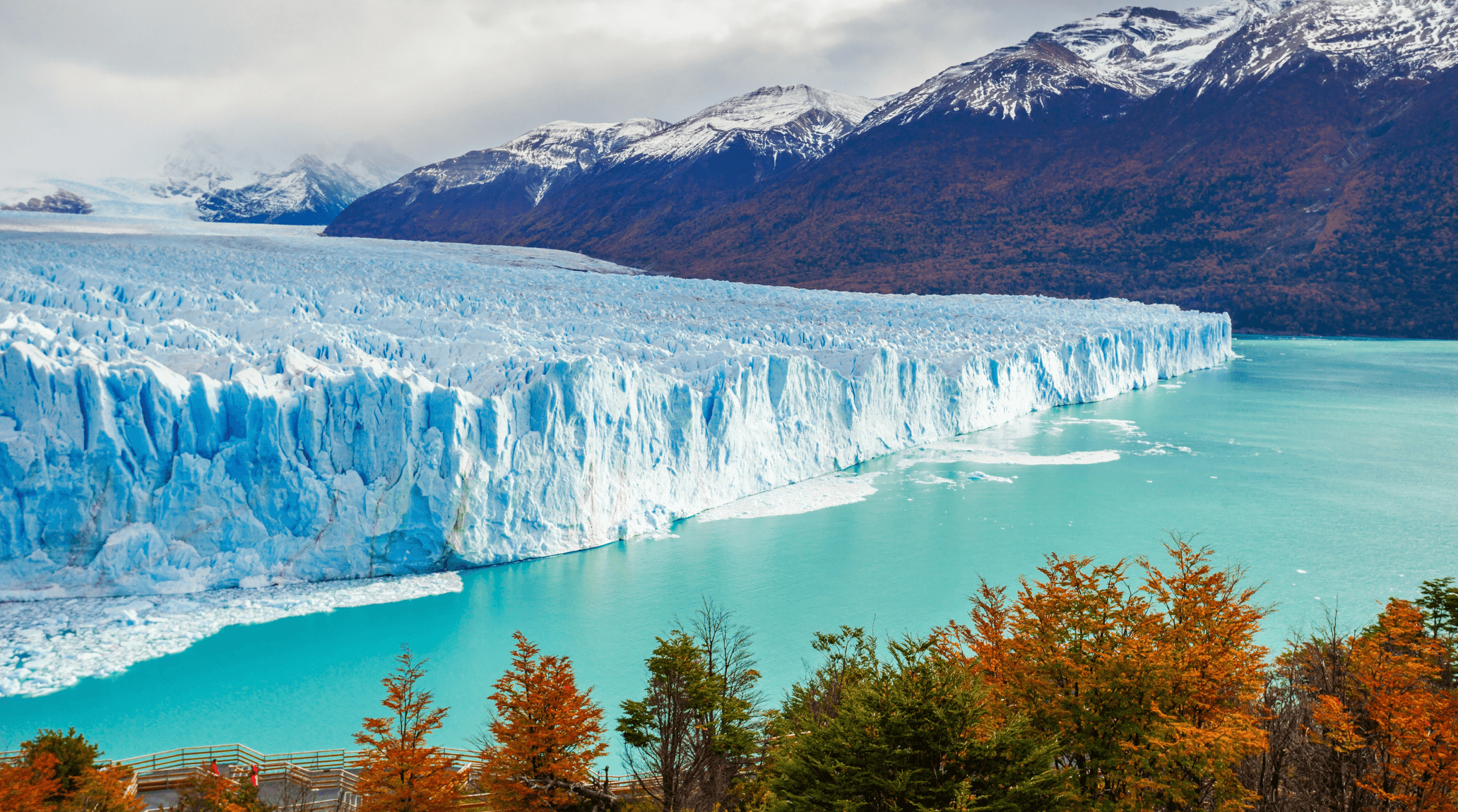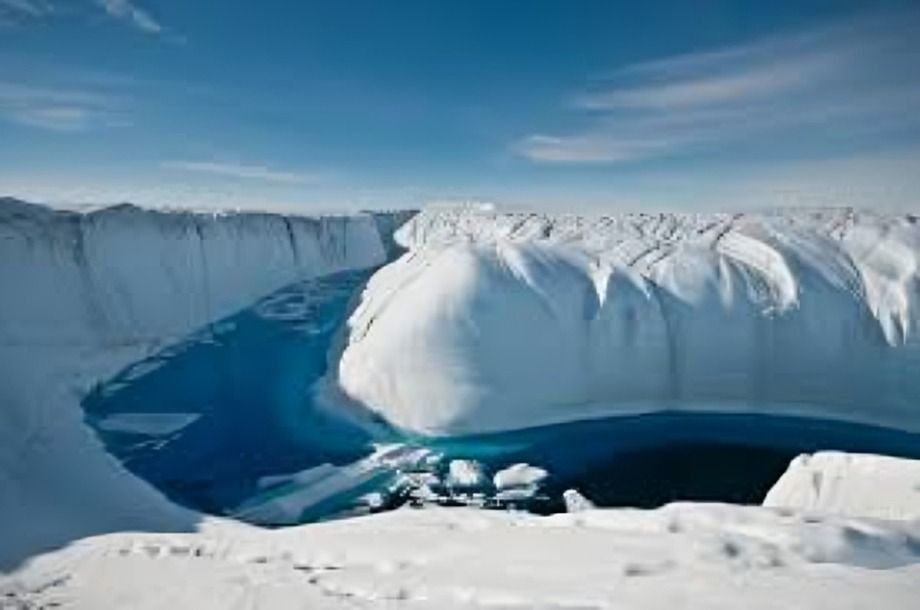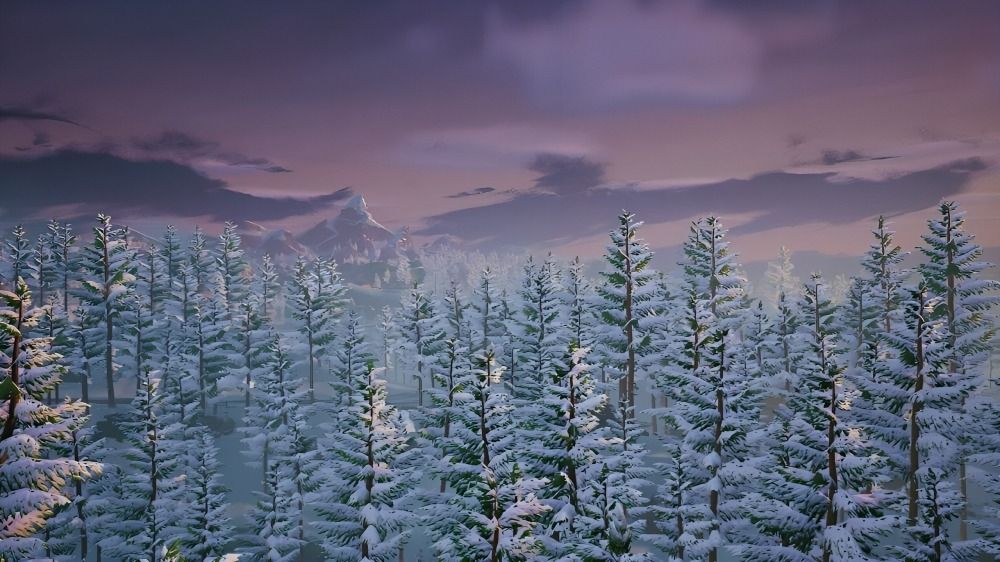
“
Ice and snow encompass some of the most intriguing features of our planet, shaping landscapes and influencing climates in profound ways. From towering glaciers to delicate snowflakes, the world of ice and snow is a testament to nature's beauty and complexity. In Interesting facts about ice and snow, we delve into 20 fascinating facts that highlight the diversity and importance of these frozen wonders.1
”
Glaciers are formed from the accumulation and compaction of snow over many years, creating dense ice masses. These ice masses slowly move under their own weight, shaping landscapes and influencing ecosystems. 1
In the western U.S, snow serves as a vital water source, supporting both drinking water supplies and hydroelectric power generation. Additionally, it plays a crucial role in sustaining agricultural activities. 2

The Antarctic and Greenland Ice Sheets cover 70% of Earth’s freshwater ice. These massive icy reservoirs play a critical role in regulating global sea levels and maintaining our planet’s delicate water balance.
Ice shelves are floating extensions of glaciers or ice sheets that project into the ocean. They form where glaciers flow into the sea and can be extremely large, influencing sea level and ocean currents. 3
Harbin Ice-snow World in China holds the record for the largest temporary ice and snow theme park, with an impressive area of 816,682.50 m² (8,786,197 ft² 1.44 in²). The effort and teamwork in constructing these icy wonders are truly remarkable.4
Currently, approximately 10% of Earth’s land area is covered by Glaciers, ice caps, and the massive ice sheets of Greenland and Antarctica. These glacierized regions span over 15 million square kilometres. 5
The Seller Glacier, situated on the Antarctic Peninsula, the largest glacier by area, spanning over 7,000 square kilometers (approximately 2,700 square miles). The individual ice crystals composing a glacier can grow as large as apples. 6
In Ulaanbaatar, Mongolia, a remarkable 405 people slid down an ice slide within a single hour. This achievement, organised by the Mongolia Tourism Organization and recognized by the Ministry of Environment. 7
When sunlight reaches the polar ice caps, approximately 80% of it is reflected back into space. However, if the ice caps were to melt, this heat would be absorbed by our oceans, leading to rising ocean temperatures. 8

Snow behaves uniquely in forests versus open areas. Tree canopies intercept precipitation and absorb sunlight, impacting snowmelt. Given that forests cover around 30% of Switzerland, their influence on melt water runoff is substantial.
Ice sheets are massive ice masses covering more than 50,000 square kilometers. The Antarctic and Greenland ice sheets are the two largest on Earth, significantly influencing global climate and sea levels. 9
Polar ice caps cover the Arctic and Antarctic regions, consisting of vast expanses of sea ice and ice sheets. They play a crucial role in Earth's climate system by reflecting solar radiation and regulating temperatures. 10
Harbin Ice-Snow World in China holds the record for the largest permanent indoor ice and snow theme park, covering a whopping 19,148.97 square meters (206,117 square feet and 113.76 square inches). 11
NASA’s observations reveal a concerning trend, the polar ice caps are melting at an accelerated rate of 9% per decade. Over the past six decades, the Arctic Ice has lost a staggering 40% of its thickness, greatly affecting global sea levels. 12
Rock glaciers are a mix of ice and rock debris that flow slowly down mountain slopes. They form in areas with abundant rock fall and snow accumulation, contributing to landscape formation and erosion. 13
Subglacial lakes are bodies of water that form beneath ice sheets or glaciers. They remain liquid due to geothermal heat and pressure from the overlying ice, influencing glacier dynamics and ecosystems. 14
The Ward Hunt Ice Shelf, the largest single block of ice, located along the northern coast of Ellesmere Island in northern Canada, began fracturing in 2000. By September 2002, it had split several times. 15
Snowfields are large, persistent areas of snow that do not melt completely during the summer. They can eventually contribute to glacier formation, serving as important sources of freshwater and influencing regional climates. 16
NASA’s satellites and aircraft continuously observe Earth, with a particular focus on icy regions. The IceBridge mission employs specialised airplanes to measure annual changes in glacier thickness. 17
Ice streams are fast-flowing channels of ice within an ice sheet or glacier. They transport large amounts of ice from the interior to the edges, feeding ice shelves or calving into the sea, affecting sea levels.18


